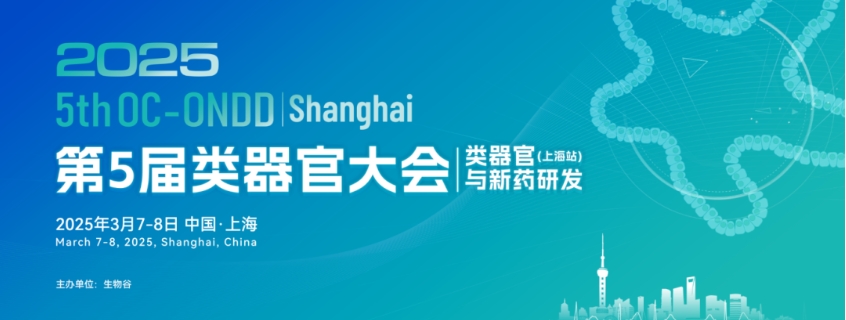- Genetically modified cell lines best reflect MOA (Mechanism of Action)
- Higher activity and larger assay window for robust and reproducible cell-based bioassay
- Comprehensive application data to support assay development and validation
- Full tracible record, stringent quality control and validated cell passage stability
- Parental cell line legally obtained from internationally recognized cell resource bank and commercially licensed
- Global commercial license assistance whenever regulatory filing is required
描述(Description)
The Human CD16a (158V) (Luc) Jurkat Reporter Cell was engineered to not only express the NFAT response element driving luciferase expressing systems, but also express full length human CD16a receptor mutated to a Valine (V) at amino acid 158 exhibiting a higher affinity for IgG1 and IgG3 isotypes compared to CD16a-158F, which can use to evaluate ADCC activity of antibodies in the presence of corresponding target cells. When co-cultured with a target cell and relevant antibody, the antibody simultaneously binds the target cell antigen and CD16a (158V) receptor on the surface of Human CD16a (158V) (Luc) Jurkat Reporter Cell, resulting in receptor clustering, intracellular signaling and NFAT-mediated luminescence.
应用说明(Application)
• Determination of ADCC activity induced by antibodies

生长特性(Growth Properties)
Suspension
筛选标记(Selection Marker)
Puromycin (5 μg/mL) + Hygromycin (20 μg/mL)
培养基(Complete Growth Medium)
RPMI-1640 + 10% FBS
冻存液(Freeze Medium)
Serum-free cell cryopreservation medium
装量(Quantity)
1 vial contains at least 5×10^6 cells in 1 mL serum-free cryopreservation medium
存储(Storage)
Frozen in liquid nitrogen.
支原体检测(Mycoplasma Testing)
Negative
无菌检测(Sterility Testing)
Negative
使用说明(Instructions for Use)
See data sheet for detailed culturing and assay protocol.
Receptor Assay

Expression analysis of human CD16a (158V) on Human CD16a (158V) (Luc) Jurkat Reporter Cell by FACS.
Human CD16a (158V) (Luc) Jurkat Reporter Cell or negative control cell were stained with PE-labeled anti-human CD16a antibody.
Protocol
Application

ADCC response to anti-human CD20 antibody (RLU).
Anti-human CD20 antibody-induced ADCC activity was evaluated using Human CD16a (158V) (Luc) Jurkat Reporter Cell in the presence of Raji cells that express CD20 endogenously. The EC50 of anti-human CD20 antibody was approximately 0.0028 μg/mL.
Protocol

ADCC response to anti-human CD20 antibody (FOLD).
Anti-human CD20 antibody-induced ADCC activity was evaluated using Human CD16a (158V) (Luc) Jurkat Reporter Cell in the presence of Raji cells that express CD20 endogenously. The max induction fold was approximately 854.
Protocol
Passage Stability

Passage stability analysis by Signaling Bioassay.
The continuously growing Human CD16a (158V) (Luc) Jurkat Reporter Cell was stimulated with serial dilutions of anti-human CD20 antibody in the presence of Raji cells that express CD20 endogenously. Anti-human CD20 antibody stimulated response demonstrates passage stabilization (fold induction and EC50) across passage 14-26.
Protocol
如有相关细胞池需求请联系我们
背景(Background)
Antibody-dependent cell-mediated cytotoxicity (ADCC) is a potent cytotoxic mechanism that is mainly mediated in humans by natural killer (NK) cells. ADCC mediates the clinical benefit of several widely used cytolytic monoclonal antibodies (mAbs), and increasing its efficacy would improve cancer immunotherapy. CD16a is a receptor for the Fc portion of IgGs and is responsible to trigger NK cell-mediated ADCC. Previous study indicated that t, CD16a 158V shows a better ADCC in vitro. Acrobiosystems offers a series of NFAT (Luc) Jurkat Reporter Cell specifically designed to assess the potency of specific immunoglobulin for (antibody-dependent cellular cytotoxicity) and (antibody-dependent cell-mediated phagocytosis). These cells derive from the human T lymphocyte Jurkat cell line and stably express CD16 or CD32, two Fc-gamma receptors (FcγR) for the constant region of immunoglobulin G (IgG).
Limited Use&License Disclosure
BY USE OF THIS PRODUCT, RESEARCHER AGREES TO BE BOUND BY THE FOLLOWING TERMS OF LIMITED USE OF THIS CELL LINE PRODUCT.
- If the researcher is not willing to accept the terms of limited use of this cell line product, and the product is unused, ACRO will accept return of the unused product.
- Researchers may use this product for research use only, no commercial use is allowed. "Commercial use" means any and all uses of this product and derivatives by a party for profit or other consideration and may include but is not limited to use in: (1) product manufacture; and (2) to provide a service, information or data; and/or resale of the product or its derivatives, whether or not such product or derivatives are resold for use in research.
- This cell line is neither intended for any animal or human therapeutic purposes nor for any direct human in vivo use . You have no right to share, modify, transfer, distribute, sell, sublicense, or otherwise make the cell line available for use to other researchers, laboratories, research institutions, hospitals, universities, or service organizations.
- ACROBIOSYSTEMS MAKES NO WARRANTIES OR REPRESENTATIONS OF ANY KIND, EITHER EXPRESSED OR IMPLIED, WITH RESPECT TO THE SUITABILITY OF THE CELL LINE FOR ANY PARTICULAR USE.
- ACROBIOSYSTEMS ACCEPTS NO LIABILITY IN CONNECTION WITH THE HANDLING OR USE OF THE CELL LINE.
- Modifications of the cell line, transfer to a third party, or commercial use of the cell line may require a separate license and additional fees. Please contact order.cn@acrobiosystems.com for further details.























































 膜杰作
膜杰作 Star Staining
Star Staining











